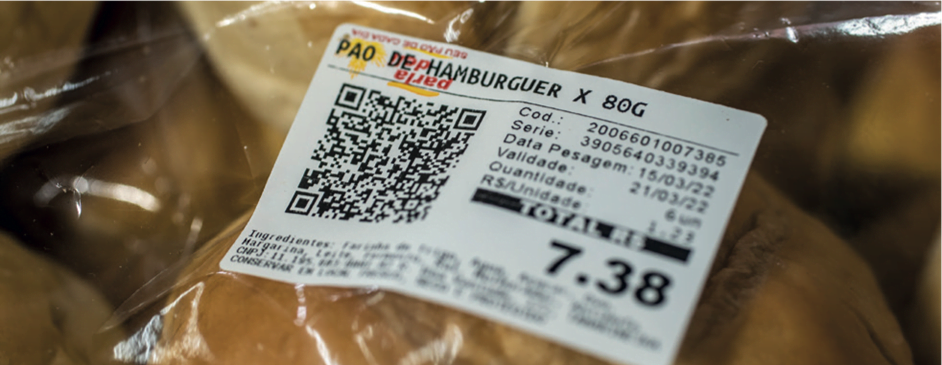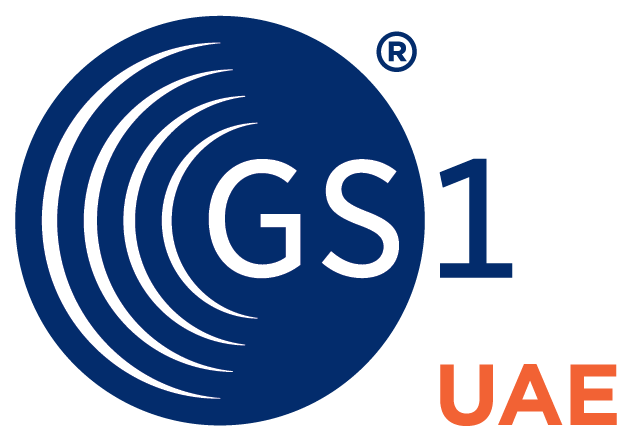2D barcodes connect businesspeople and consumers to the information they need for inventory management, traceability programmes, sustainability initiatives and other engagement actions that will dramatically enhance the experiences for all.

First-generation barcodes, currently used for over 1 billion products, contain a unique product identifier (GTIN). Thanks to GS1 standards, a simple scan connects each of these products to digital information that flows seamlessly across the supply chain. Now, 50 years after the first barcode was introduced, GS1 is launching two-dimensional (2D) barcodes capable of carrying additional data that can be shared beyond the “beep” at the checkout.
These new 2D barcodes are being used in manufacturing, warehousing, logistics and healthcare. They connect businesspeople to the information they need for inventory management, traceability programmes, sustainability initiatives, consumer engagement actions and more.
Brand owners can tap even more fully into their power and flexibility by encoding them with a GS1 Digital Link: in the same way a URL points to a website, a GS1 Digital Link enables connections to all types of business-to-business and business-to-consumer information.
GS1 is supporting industry with an ambition to read 2D barcodes at retail points of sale around the world by the end of 2027.
Because 2D barcodes enhance the experiences and capabilities of people up and down the supply chain, GS1 is working with industry to support the ambition to have all retailers able to read 2D barcodes at their points of sale by the end of 2027. One-dimensional barcodes will not completely go away: we expect 1D, QR and DataMatrix codes to coexist in the retail landscape.
During the last year, our teams have made tremendous progress in launching a framework to manage and support this global migration to 2D. An industry-led Mission-Specific Work Group successfully developed a future-state agreement that maps out how 2D barcodes could be used, and then group members prepared the necessary changes to the GS1 General Specifications.
We are testing scanner capabilities in a lab environment and collaborating with solution providers on algorithms and logic to read items with multiple barcodes at optimum performance scan rates. We are also continually adding to our library of resources and tools to support industry on this journey.
Want to know more? Find out what 2D barcodes could bring to your activity.





